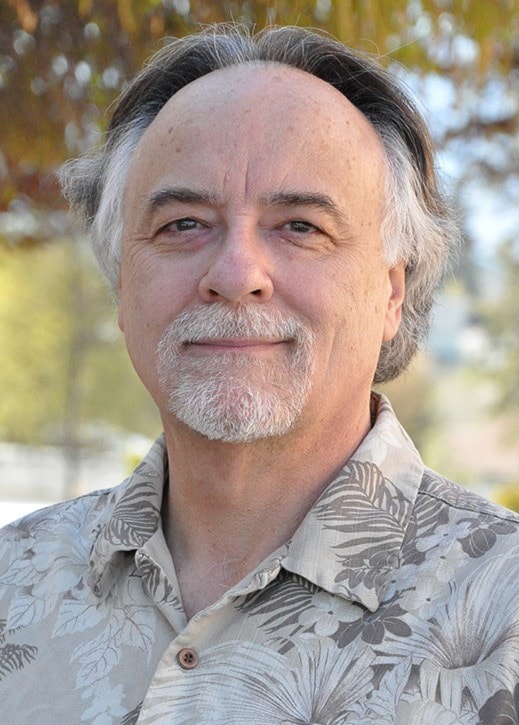Who hasn’t dreamed of visiting Nepal, that mystical, magical home to the world’s great mountain climbers’ destination where wide, verdant valleys funnel their way ever upward, narrowing as they approach Mount Everest? Imagine the history of the neighbouring area, which includes Tibet, Bhutan (which measures its gross national happiness), Northern India, Pakistan, Afghanistan and China. Long before Mallory and Hillary ever dreamed of climbing Everest, Tibet was considered a mystical and nearly impossible to reach dream of an ancient civilization.
I haven’t been to Asia, but I still felt a chill at the news of a strong earthquake causing snow and landslides and shaking down brick and wood structures in a region that would not get help quickly, especially with Kathmandu’s airport having to be closed for safety considerations.
Then, on Sunday, emails forwarded by our ever-thoughtful contributor and friend, Ian Cotton, began to trickle in. From them, we learned that Erickson resident Johann Harnisch was in Nepal, and that his mom and dad, after what must have seemed like an interminable wait, had begun receiving messages from a son who was unharmed and safe.
Those photos, showing piles of brick where once stood buildings and makeshift outdoor emergency medical facilities, immediately brought home a sense of wonder for how digital communications has changed the world. Earlier in the day, I had been reading the National Public Radio website, which featured a series of Twitter reports from as far away as camps 1 and 2, miles from the Mount Everest Base Camp. They are familiar landmarks in the imaginations of anyone who has read books about Everest and attempts to climb it.
Those Twitter reports, which tantalized with their immediacy, were roundly criticized by a number of visitors to the NPR web site, some of whom found them unhelpful. They wanted tidy, comprehensive news articles of the sort that we have become used to from newspapers. Those stories would come, of course, as they always do. But not before reporters were able to get out and about, and use restored communication to gather information.
Twitter, with its 140-character limit and bewildering use of abbreviations, acronyms and hashtags, can be frustrating for those of us who don’t have the patience to embrace yet another form of communication. But as an initial source of information from an area as remote as Nepal, it provided a welcome stream of firsthand reports, getting news out to the world. Satellite telephone feeds and emails, along with Flickr and various photo services, quickly supplemented Twitter reports and we got a pretty clear picture of what was happening in a remarkably short time.
As Johann continued to send friends and family photos of what he was witnessing in Kathmandhu (from which he had planned to be flying homeward this week) I was once again reminded about how lucky we are at the Advance that readers think of us when news happen. “Thought your readers would be interested in a local young man in Nepal,” came the first email from Ian Cotton on Sunday. With the permission of Johann’s parents, he continued to forward photos sent by Johann over the next few days.
On Monday, I spoke briefly with Johann’s mother, Michelle. I only wanted to touch base and be clear that we had permission to use the photos, not to intrude on what is a stressful time for a parent. She was gracious about sharing the photos and updating me on Johann’s story, and I hope to meet this young man who only a few weeks ago was boarding a plane to do volunteer medical work in a distant part of our world. What he has experienced, and witnessed, will surely influence the rest of his life, and I hope he will share his story with our readers.
As mobile as many of us are, for the most part we get our experiences vicariously, through books, radio, television and the Internet, which offers endless access to information — good and bad, reliable and not — and gives us the opportunity to hear directly from people almost immediately. Much of the information is mundane and of marginal interest. In a breaking news story like the earthquake in Nepal, though, it is hard not to acknowledge sense of wonder that we get news — with photos — so quickly.
Lorne Eckersley is the publisher of the Creston Valley Advance.
